 Larry O'Hanlon, Discover News
Larry O'Hanlon, Discover NewsJuly 26, 2007 — Three decades of data about ocean waves, collected from buoys off the U.S. Atlantic Coast, shows waves are getting steadily larger in response to stronger hurricanes. The discovery offers a new way to spot trends in hurricane intensities — a subject of intense controversy.
Since 1975, hurricane-spawned waves have grown 2.3 to 6 feet higher.
"It probably has something to do with global warming," said oceanographer Paul Komar of Oregon State University.
Komar and his colleague Jonathan Allan analyzed the Atlantic waves after seeing a similar rise in heights in buoy data from the North Pacific. Their latest work is summarized in a short report in the July 24 issue of the journal Eos.
Global warming is a suspected cause of the North Pacific wave heights rising as well, although it could also be the effects of pollution from China, Komar said.
Discovery News' Kasey-Dee Gardner gets inside a hurricane simulator.
In 2005, MIT hurricane researcher Kerry Emanuel reported that hurricanes in the Atlantic were intensifying. But some researchers have disputed Emanuel's data, because it is derived from storm wind velocity measurements over several decades.
Emanuel's critics are suspicious that the perceived intensification may be only a mirage created by trying to translate and combine so many kinds of data from the changing technologies used to monitor storms.
Wave data, on the other hand, suffers from no such problem. Buoys work basically the same today as in the 1970s, said Komar.
"The technology for measuring waves has not changed," Komar told Discovery News. "So it's a consistent record. It led me to the conclusion that Kerry Emanuel is correct."
Making the buoy wave data even more rigorous is the fact that the buoys are anchored at fixed positions, points out oceanographer Robert Dolan of the University of Virginia.
Dolan agrees that the wave data seem to confirm Emanuel's assertion that hurricanes are getting stronger. However, more information would be nice, over a longer period, to confirm the trend.
"We're talking about a rather modest increase," Dolan told Discovery News. It's not exactly the sort of increase that will get coastal planners excited, he said, unless they are very far-sighted.
It would also be useful, said Komar, if someone would undertake the arduous task of looking at the wave data, storm by storm, to really learn how the two are related.
"Just the study of these waves will lead to better understanding of impacts on coasts and help project into the future" in which more big waves and higher sea levels are expected, Komar said.
RS





























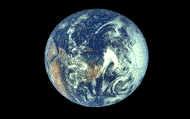


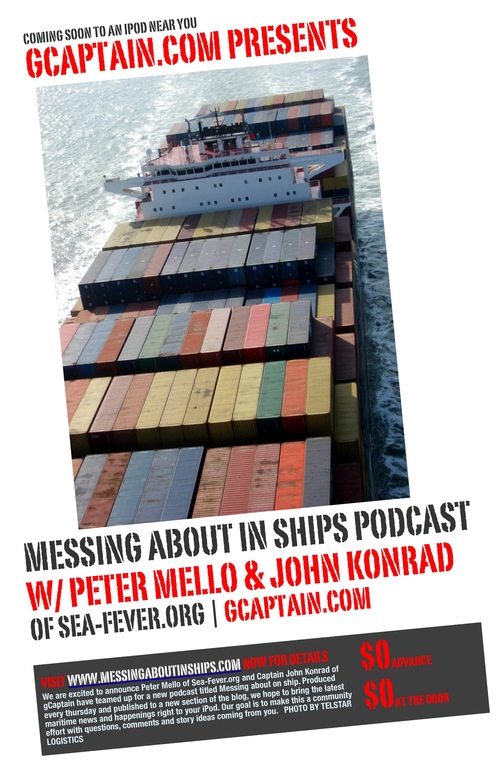

























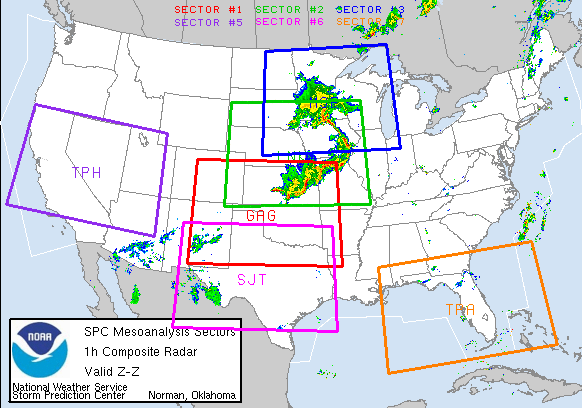














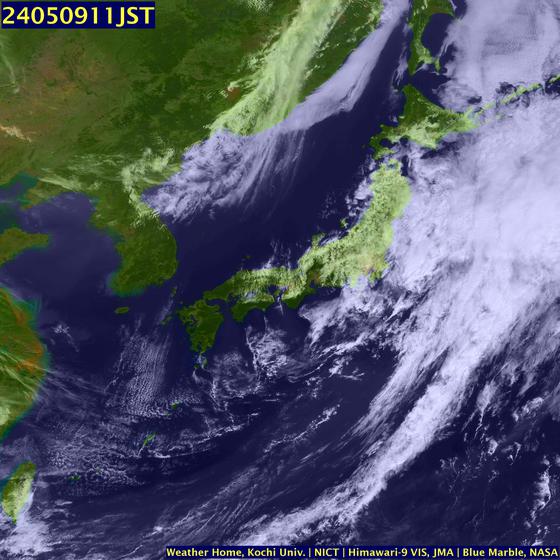

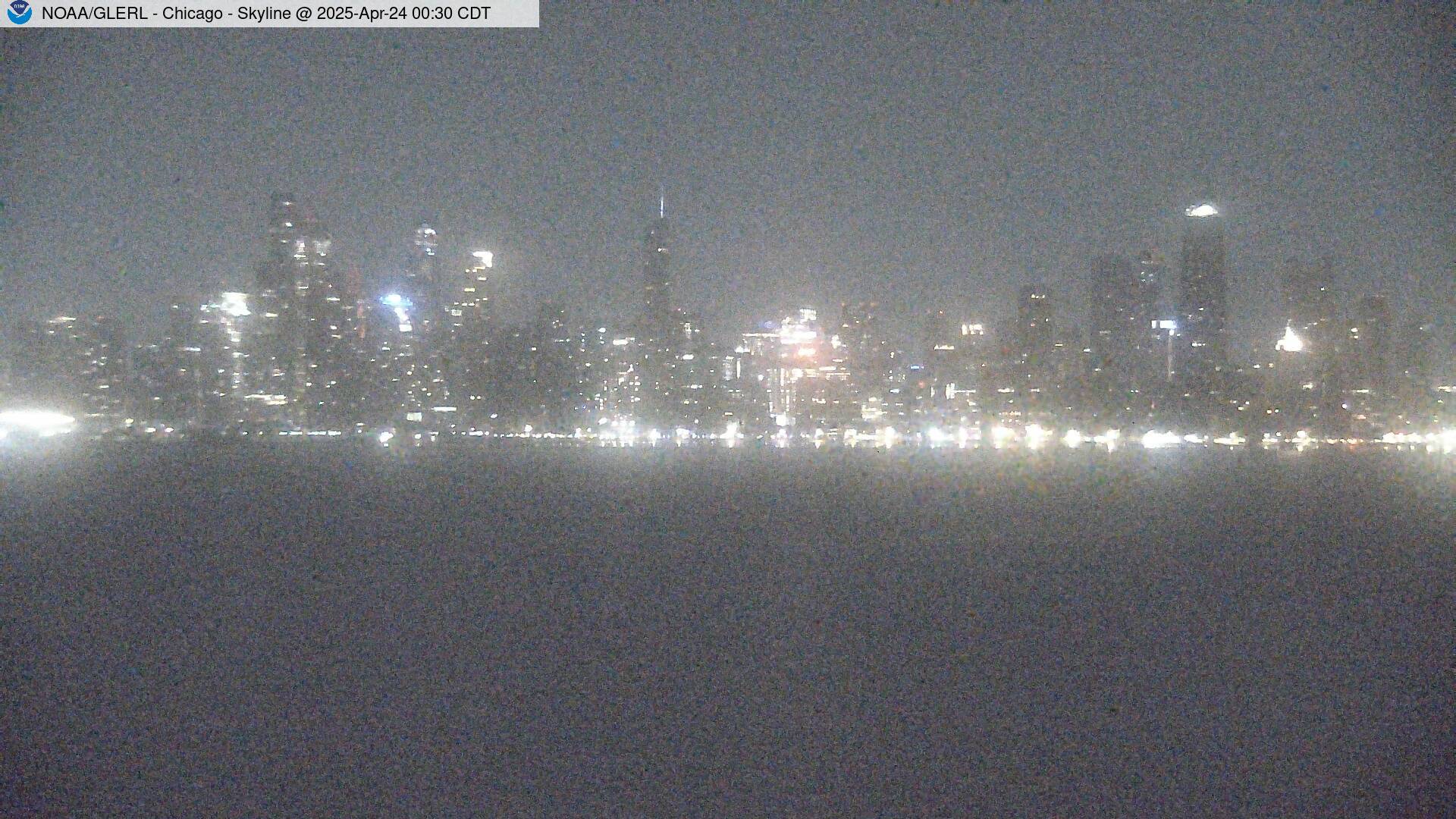






















![Validate my RSS feed [Valid RSS]](valid-rss.png)
No comments:
Post a Comment